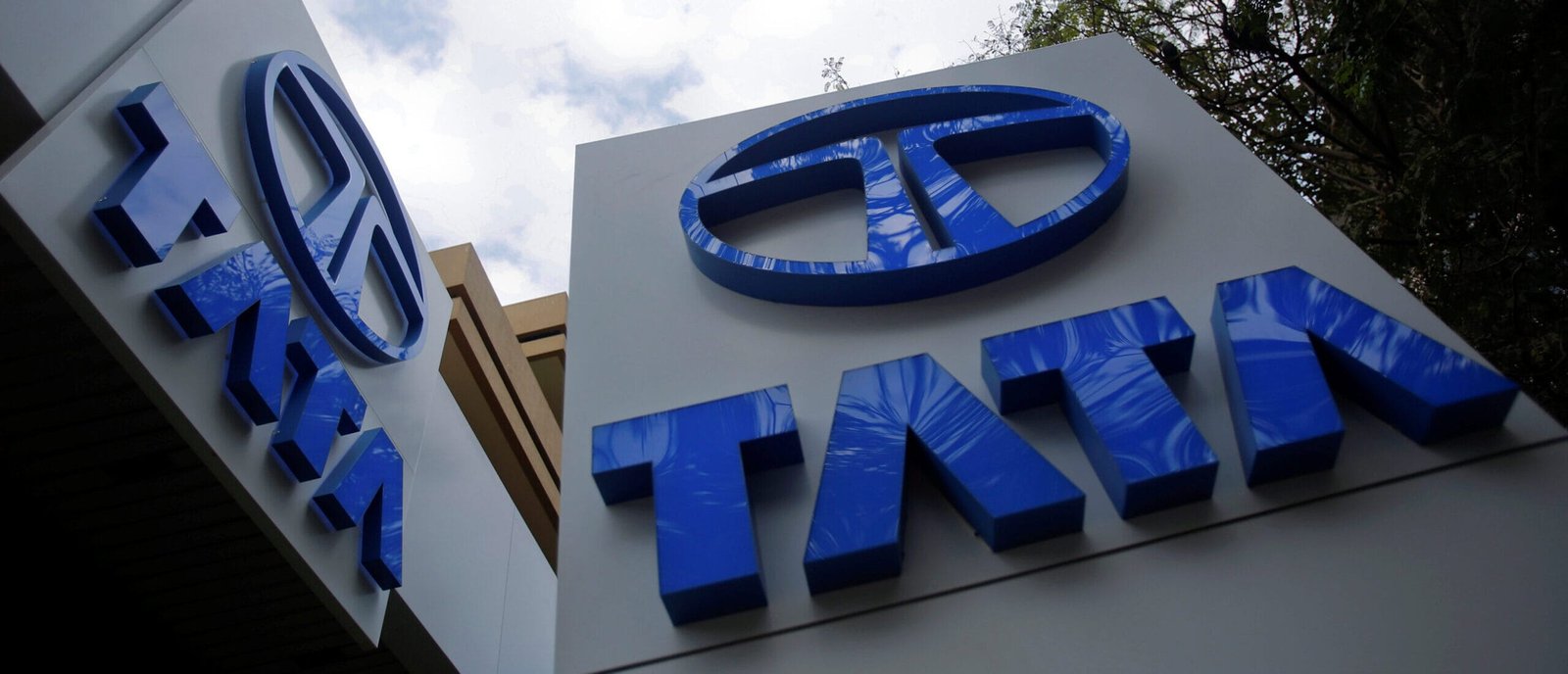Understanding the Clearing and Settlement Process in the Stock Market: A Fresh Perspective
When we talk about investing in the stock market, most of the focus is on buying and selling stocks. However, behind the scenes, there’s a complex system that ensures these transactions are executed smoothly: the clearing and settlement process. Let’s dive into this essential yet often overlooked aspect in a way that makes it easier to grasp.
1. The Journey of a Trade: From Execution to Settlement
Imagine you’re at a bustling marketplace, haggling for fresh produce. You finally make a deal, but the transaction doesn’t end there. Just like you need to exchange cash for those tomatoes, trades in the stock market need a series of steps to complete the transaction.
- Execution: This is the moment you click “buy” or “sell.” Your order is matched with a counterparty. But the real work begins afterward.
2. Clearing: The Middleman Magic
Once a trade is executed, it goes to the clearinghouse, the unsung hero of the trading world. Think of the clearinghouse as the middleman ensuring both parties are legitimate and have the funds or securities to complete the trade.
- Verification: The clearinghouse checks that both buyer and seller have the necessary resources. This step is crucial to prevent defaults.
- Netting: Instead of settling each transaction individually, the clearinghouse often nets trades. This means it calculates what each party owes and simplifies the transaction, reducing the number of payments and securities exchanged.
3. Settlement: The Final Act
After clearing, the next phase is settlement—the actual transfer of securities and money. This is akin to finally handing over cash for those tomatoes.
- Delivery vs. Payment (DvP): This principle ensures that securities are transferred only when payment is made, reducing the risk for both parties. It’s like saying you’ll only hand over the tomatoes once you have the cash in hand.
- Timeframe: In most markets, settlement occurs within a few days (T+2, for example, means two business days after the trade). This swift process is vital for maintaining liquidity and trust in the market.
4. Technology: The Driving Force
In today’s digital age, technology plays a pivotal role in making the clearing and settlement process faster and more secure. Blockchain technology, for instance, is being explored for its potential to streamline these processes even further, promising real-time settlement and enhanced transparency.
5. Why It Matters
Understanding the clearing and settlement process isn’t just for finance professionals. As an investor, knowing this process can help you:
- Reduce Risks: Awareness of how your trades are settled can inform your decisions, especially in volatile markets.
- Enhance Trading Strategies: Recognizing the timelines and processes involved can aid in crafting more effective trading strategies.
Conclusion
The clearing and settlement process may not be the flashiest part of stock trading, but it’s a critical backbone that keeps the market functioning smoothly. By grasping how it works, you can navigate your investment journey with greater confidence and insight. Next time you trade, remember that behind every transaction is a network of checks and balances working tirelessly to make your investment experience seamless.







